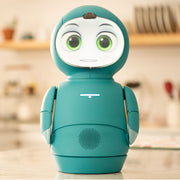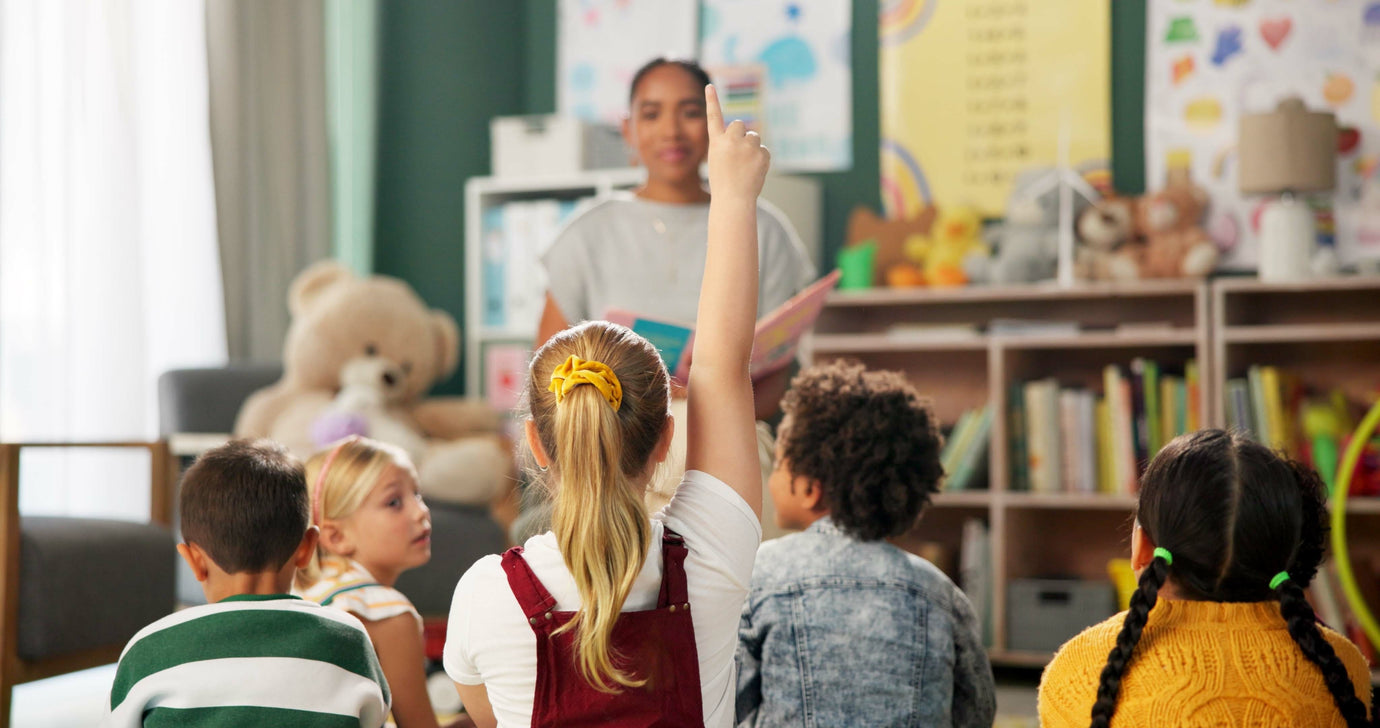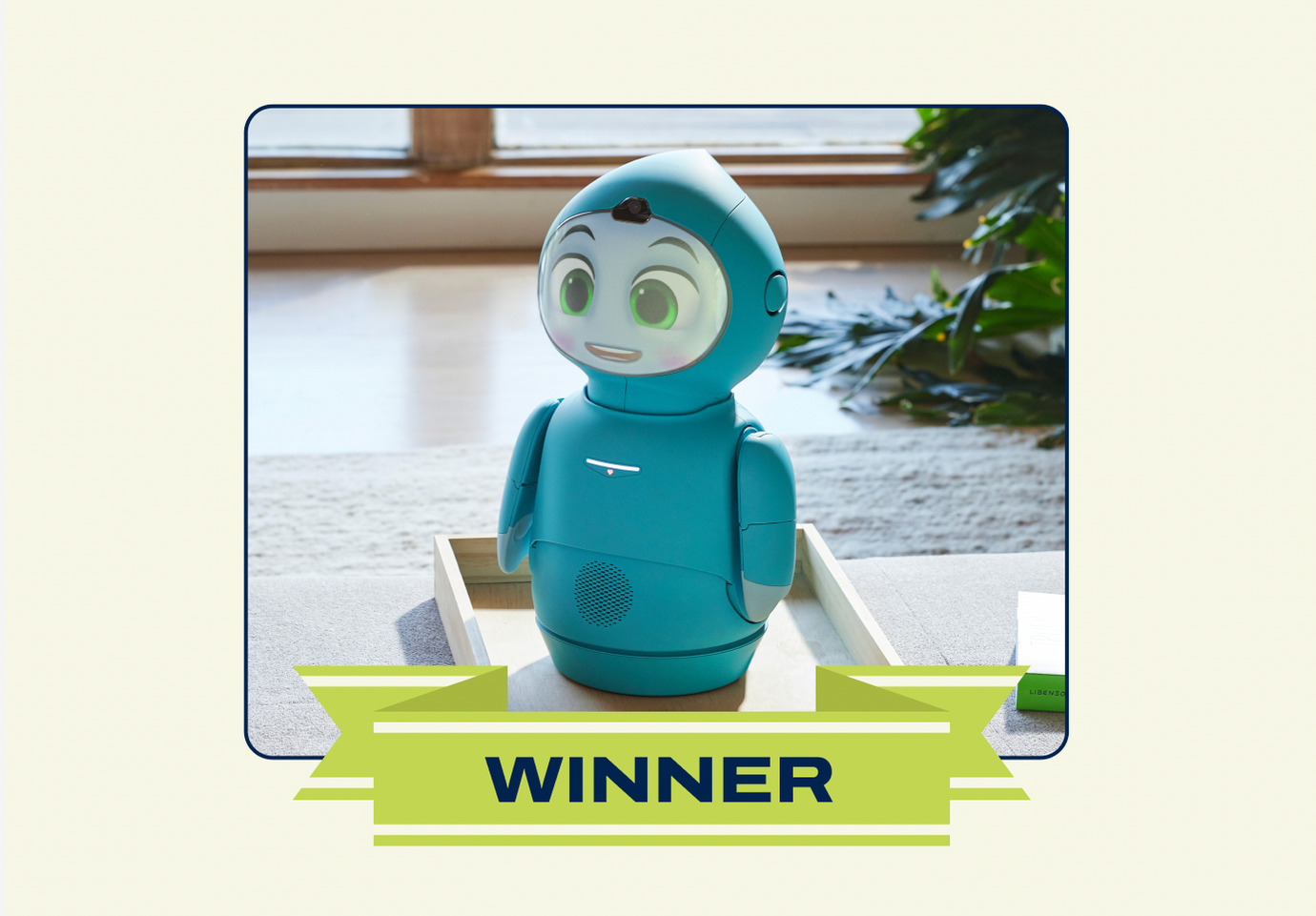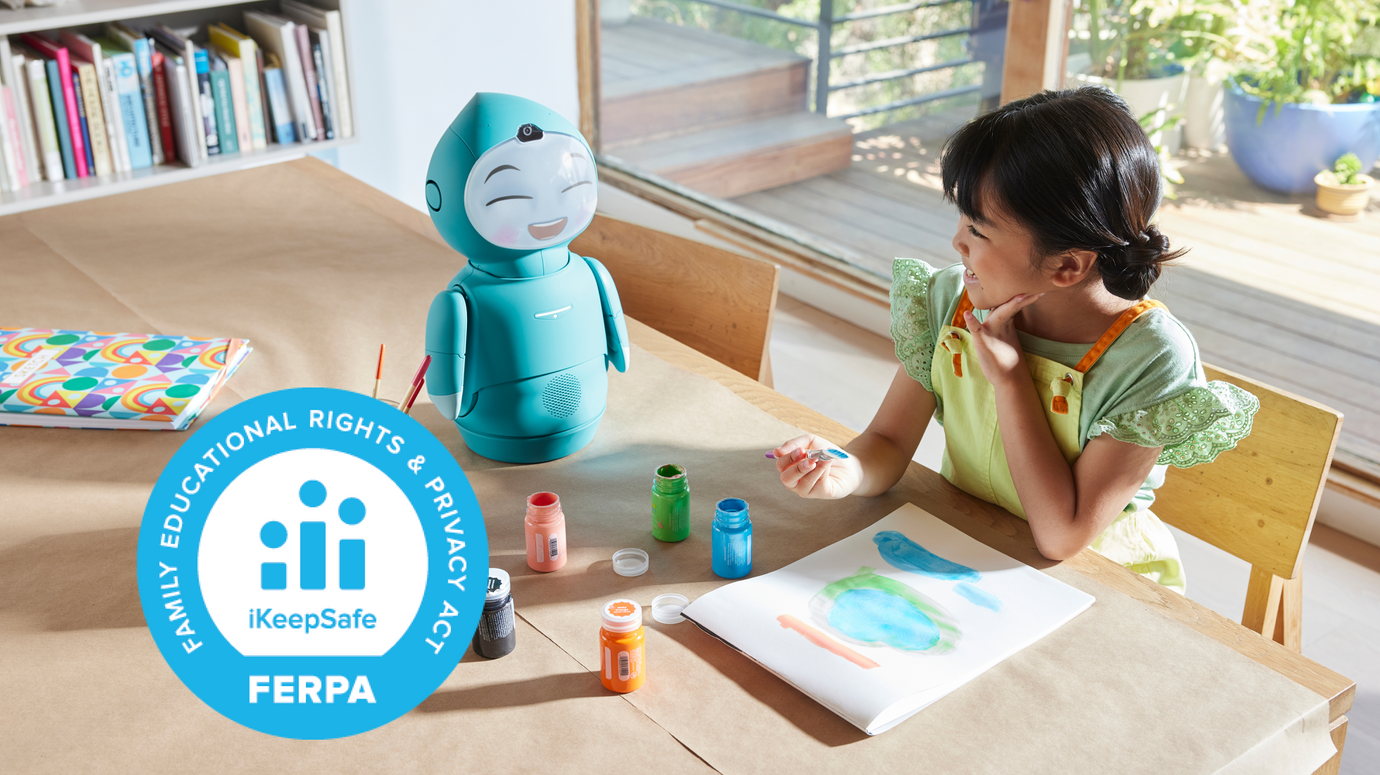Big Picture Parenting: Empathy in Children

No matter how rewarding it is, at times caring for kids can feel like a grind. It’s easy to lose track of the big picture as you fall into the rhythm of the small things. Getting them to school on time. Keeping them well-fed, their teeth brushed, their homework done. Navigating and struggling as they gradually take on more autonomy for their own lives. And on and on it goes.
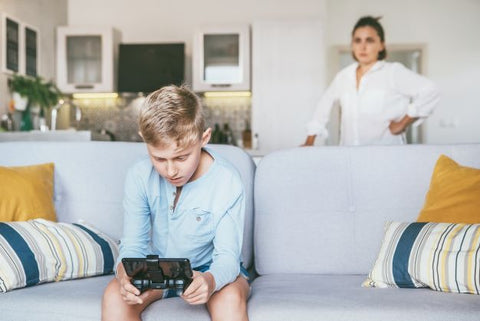
If it feels like you’re lost in the fog – and even if it doesn’t – it can always be useful to step back and remember what your guiding light is: What are your top goals for who you want your kid to be? Close your eyes and picture your kid as an adult. How would you describe that person? What are the most important values you hope to see? There are as many ways to answer these questions as there are caregivers. But though the specifics may differ, there are some basic hopes and dreams that have universal appeal.
Empathy. Why is it important in children?
Is empathy on your list of top values to instill? If it isn’t, there are good reasons why you might want to consider adding it. Much research has shown that empathy is related to all manner of good things. For example, empathy can help nurture kindness, prosocial behavior, and the courage to act with a strong moral compass. And it can protect against bullying, aggression, prejudice, and racism. That’s already huge – and it’s just the beginning. There are also benefits for the individual person demonstrating empathy. In fact, acting with compassion (which can come from a place of empathy) can increase happiness and self esteem. It can be a positive predictor of reading, math, and critical thinking skills. And, in addition to being a sought after trait in the job market, empathy is also one of the essential characteristics of a good leader. Having empathy for others – and choosing to act with empathy – can have positive effects on everyone involved.

What is empathy?
Empathy is actually quite a complex concept. To begin to understand empathy, it can be helpful to distinguish it from sympathy.
Empathy vs Sympathy
Sympathy is acknowledging that someone else is feeling upset and feeling sorry or pity for that person – all while keeping a sense of distance. Empathy digs deeper than that. It involves sharing someone else’s experience, connecting with them, and understanding what they’re going through. It’s the difference between saying something like “I’m so sorry you’re going through that” (sympathy) and “I understand what you’re going through. I’ve been there” (empathy). That’s really broad -- so broad, in fact, that many researchers further define empathy by dividing it into three different kinds.
3 Types of Empathy
One type is emotional (or affective) empathy, or the ability to recognize and share what another person is feeling. Someone demonstrating emotional empathy feels distress when another is distressed. This kind of empathy helps build emotional connections and can also incorporate feelings of compassion.
A second type of empathy is cognitive empathy, or perspective taking. This type involves the ability to understand what another is feeling – or in other words, to put yourself in someone else’s shoes and look at the world from their perspective. By doing so, you try to understand what another person may be thinking, feeling, and why. Someone showing cognitive empathy for another in distress may imagine themselves in a similar situation and use that to understand more about that person’s experience. This kind of empathy has been linked to social competence and social reasoning.
A final part of empathy, known as compassionate empathy (or empathic concern) is all about action. It involves the motivation and desire to care for others, and to actually take concrete steps to do something to help. For example, someone showing compassionate empathy may offer a helping hand to another person in distress. This kind of empathy has close ties to altruistism.
Example of empathy
To put this all in an example relevant for parenting, let’s imagine that your kid has worked really hard to train for a sports competition. But despite all their effort, your kid finishes last. Sympathy would mean saying something like, “I’m really sorry about that.” Cognitive empathy would mean imagining yourself in a similar situation – maybe remembering a time when you worked hard at something and didn’t get the result you’d hoped for – and noticing how that makes you feel. Emotional empathy would be recognizing what emotions your kid is showing (disappointment? frustration? anger?) and sharing that emotion with them. And compassionate empathy might mean offering a hug, or spending some extra quality time with your kid.
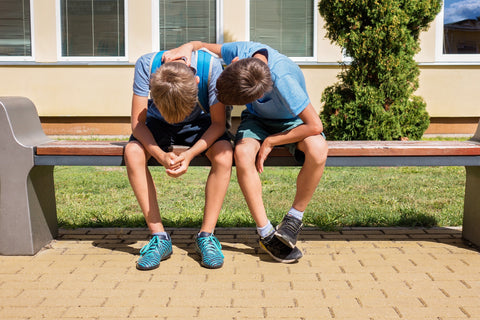
Where does empathy come from?
There are at least a couple of reasons to think that some of the seeds of empathy come naturally. One is mirror neurons. Thirty years ago, neuroscientists made a fascinating discovery: they found neurons that fire both when we ourselves do something and when we watch someone else doing that same thing. That is, if we watch as our kid falls and scrapes her knee, we exhibit some of the same neuronal activity as we would if we ourselves fell and scraped our own knee. So what does that mean for empathy? If the foundation of empathy is feeling and understanding someone else’s experience, surely having brain activity that mirrors what another person is doing is a great start!
More evidence for a natural ability to feel empathy comes from babies. Anyone who’s spent time with infants has seen how well they are tuned in to other’s emotions: they cry when they hear other babies cry, mirror facial expressions, and show concern when they sense others are upset. Babies also show signs of early cognitive empathy, or of understanding the feelings and experiences of others.
This evidence points to a potential biological basis of empathy, but it’s just a start. As with so many other aspects, the development of empathy necessarily depends both on nature (what we’re born with) and nurture (what we experience). And here’s where we as caregivers come in. Luckily there are concrete strategies that we can adopt to help steer our kids towards empathy. Part two of this series outlines some of them.
Interested in finding out more? Check out this selection of primary sources and other related resources:
Bariso, Justin. “There Are Actually 3 Types of Empathy. Here's How They Differ--and How You Can Develop Them All.” Inc. Magazine, 19 September 2018, https://www.inc.com/justin-bariso/there-are-actually-3-types-of-empathy-heres-how-they-differ-and-how-you-can-develop-them-all.html. Accessed 7 June 2022.
Borba, Michele. UnSelfie: Why Empathetic Kids Succeed in Our All-About-Me World. Touchstone, 2017.
Briggs, Saga. “How Empathy Affects Learning, And How To Cultivate It In Your Students | InformED.” Open Colleges, 1 November 2014, https://www.opencolleges.edu.au/informed/features/empathy-and-learning/. Accessed 7 June 2022.
Dewar, Gwen. “Do babies feel empathy? Studies suggest that they do.” Parenting Science, https://parentingscience.com/do-babies-feel-empathy/. Accessed 7 June 2022.
Goleman, Daniel. “What Makes a Leader?” Harvard Business Review OnPoint, Summer 2014,
- 24-33.
Kanakogi Y, Inoue Y, Matsuda G, Butler D, Hiraki K, and Myowa-Yamakoshi M. 2017. Preverbal
infants affirm third-party interventions that protect victims from aggressors. Nature
Human Behaviour 1(2): 0037.
Kanakogi Y, Okumura Y, Inoue Y, Kitazaki M, and Itakura S. 2013. Rudimentary sympathy in
preverbal infants: Preference for others in distress. PLoS ONE 8(6), e65292.
Liddle MJE, Bradley BS and Mcgrath A. 2015. Baby empathy: Infant distress and peer
prosocial responses. Infant Mental Health Journal 36: 446–458.
Mar, Raymond A., et al. “Exposure to Media and Theory-of-Mind Development in Preschoolers.”
Cognitive Development, January-March, 2010, pp. 69-78.
Marsh, Jason. “Do Mirror Neurons Give Us Empathy?” Greater Good Science Center, 29 March 2012, https://greatergood.berkeley.edu/article/item/do_mirror_neurons_give_empathy. Accessed 7 June 2022.
Mongrain, M., et al. “Practicing compassion increases happiness and self-esteem.” Journal of Happiness Studies: An Interdisciplinary Forum on Subjective Well-Being, vol. 12, no. 6, 2011, pp. 963-981. https://doi.org/10.1007/s10902-010-9239-1.
Nichols SR, Svetlova M, Brownell CA. 2009. The role of social understanding and empathic
disposition in young children’s responsiveness to distress in parents and peers. Cogn Brain Behav. 13(4):449-478.
Paul, A.M. “Reading Literature Makes Us Smarter and Nicer,” Time, June 3, 2013,
http://ideas.time.com/2013/06/03/why-we-should-read-literature.
Roth-Hanania R, Davidov M, and Zahn-Waxler C. 2011. Empathy development from 8 to 16
months: early signs of concern for others. Infant Behav Dev. 34(3):447-58


